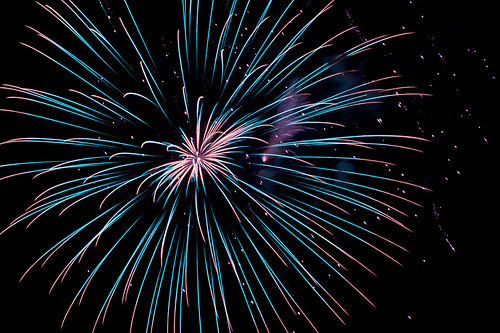
Part of life as a foreigner in a foreign land is learning about new ways and traditions while preserving and sharing your own cultural heritage, especially when it comes to your children. In Beijing, our family seems to experience “New Years” so often, that it almost feels like a misnomer. Where many in Beijing acknowledge one or two New Year celebrations, we get to partake in four.
The first, chronologically and possibly in global popularity, is the Gregorian New Year which falls on the 1st of January. No matter where we have lived or traveled to in the world, this New Year celebration has been a constant. Here in Beijing, all the hotels and many bars and restaurants throw parties, but for us it is a bit subdued. We may go out with friends and let the kids stay up late, but the significance seems largely tied to letting go of one calendar for the next one more than anything else.
Next up, and making the largest splash in Beijing, is Chinese New Year. Honestly, it is hard to compete with this one. Three weeks of fireworks, temple fairs, red envelopes for the kids (this tradition was much more prevalent in southern China where we lived before, but we carried it north with us), eating dumplings and steamed buns. There is just so much to experience with friends and family, especially for those of us willing to remain in the city instead of seeking a beach vacation, that it is hard for the other celebrations to make as much an impact.
So those are the two most of us encounter in Beijing, but our family still has two more. Next up is the Baha’i celebration of Naw-Ruz (new year), which takes place on 21st of March. For much of the Baha’i community, which has been fasting the days that precede Naw-Ruz, it is a time of renewal and a natural time to gather with friends to acknowledge the ending of the season of restraint and welcoming in spring.
Finally, to honor my beloved wife’s Cambodian heritage, we celebrate Cambodian New Year, which marks the end of the harvesting season and usually falls on 13th April. Lasting for three days, it is called Chaul Chnam Thmey in the Khmer language, and literally means “Enter The New Year”. To mark the occasion, we will often have a dinner party with other Cambodian friends and enjoy traditional music and dancing. For any Cambodian community, this is the biggest party of the year.
So here it is, already the end of March, and we still have one more New Years celebration to go. Thank goodness there is not a similar amount of fanfare to close out each year.
Photo from the flickr user jeff_golden



